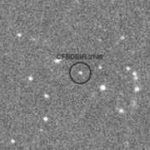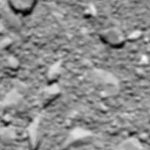‘Rogue planet’ spotted 100 light-years away0
- From Around the Web, Space
- October 7, 2016
Astronomers have spotted a “rogue planet” – wandering the cosmos without a star to orbit – 100 light-years away.

Astronomers have spotted a “rogue planet” – wandering the cosmos without a star to orbit – 100 light-years away.

A comet was recorded by the Egyptians described a brilliant disk much larger than the full moon as it flew across the sky with ten tails. Ancient Egyptians described a comet just barely passing the Earth.

A rocky planet discovered in the “habitable” zone of the star nearest our Sun may be covered with oceans, researchers at France’s CNRS research institute said Thursday.

A star known by the unassuming name of KIC 8462852 in the constellation Cygnus has been raising eyebrows both in and outside of the scientific community for the past year.

HZDR researchers suggest a link between the solar cycle and the tidal effects of Venus, the Earth and Jupiter

Like a sped-up movie, planets orbiting stars that spin rapidly might go through their seasons in double time.

There have been black ‘spidery’ specks showing up all over on Mars’ surface, showing up every Martian spring.

The moon orbiting over Mars, Phobos, is slowly falling towards the surface of the red planet.

A new image of comet 67P/Churyumov-Gerasimenko was taken by the European Space Agency’s (ESA) Rosetta spacecraft shortly before its controlled impact into the comet’s surface on Sept. 30, 2016.

Astronomers have found a distinct structure involving spiral arms in the reservoir of gas and dust disk surrounding the young star Elias 2-27.



